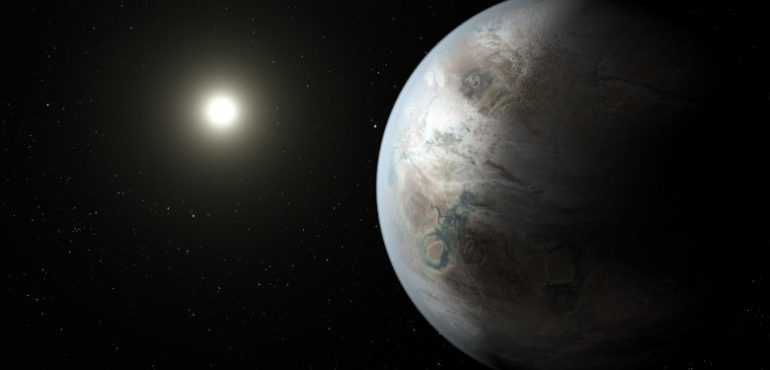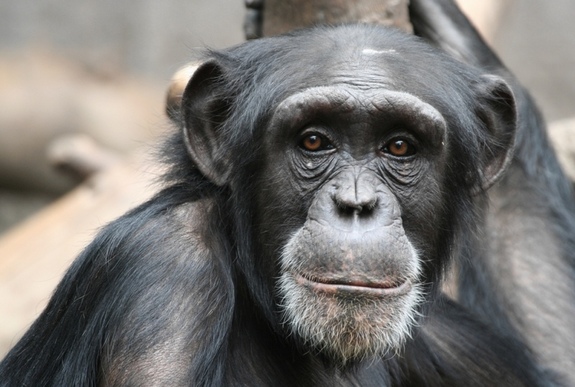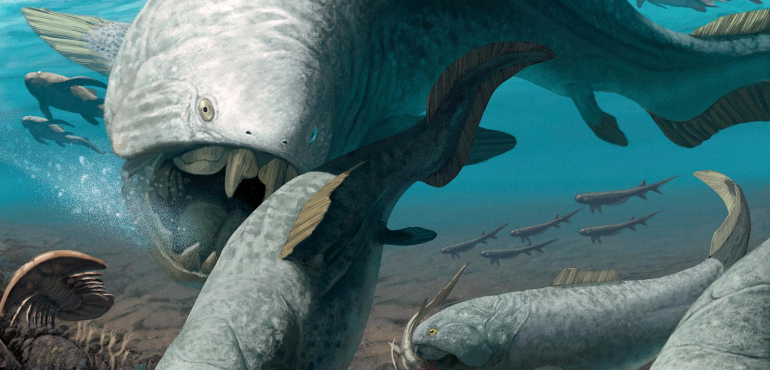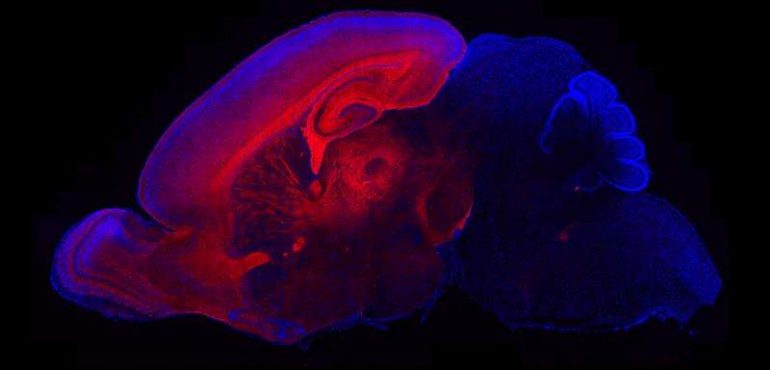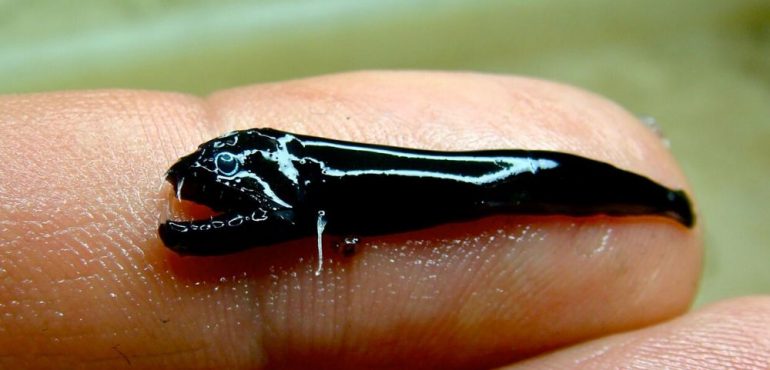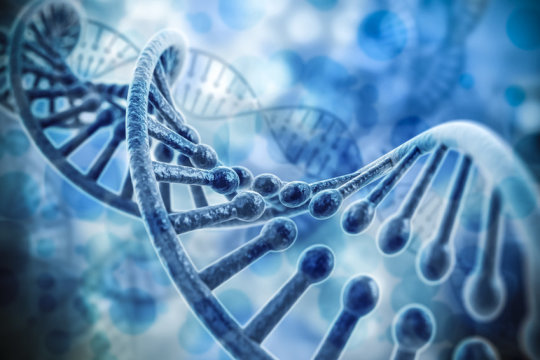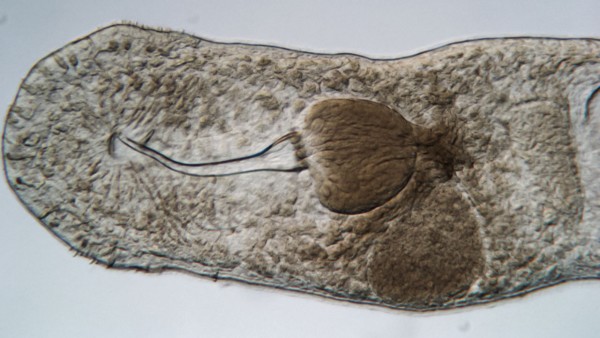The first four-legged fossil snake ever found is forcing scientists to rethink how snakes evolved from lizards. Although it has four legs, Tetrapodophis amplectus has other features that clearly mark it as a snake, says Nick Longrich, a palaeontologist at the University of Bath, UK, and one of the authors of a paper describing the animal in Science.…
Read more
4-Legged Fossil Snake Is a World First


